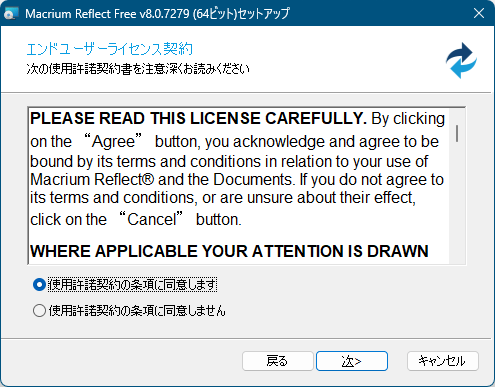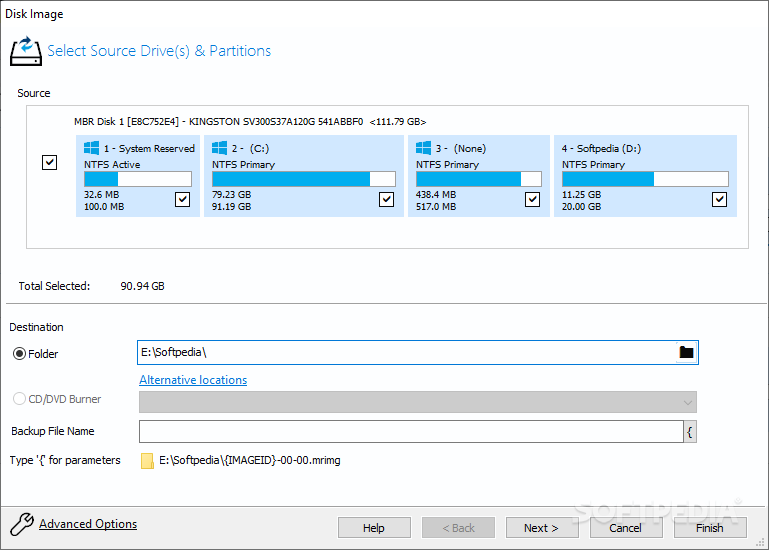


Even the system partition remained hidden when we opened Explorer, which came as a surprise. The SSD booted, Windows sprang into life and everything was as it should be. So, as you can imagine, we were prepared for the worst. We’ve also suffered random disk failures, unloaded drivers and unexplainable system slow-downs. The entire cloning process took less than half an hour, and several minutes later we had the old drive out and the new SSD in.Ĭloning software we’ve used in the past never really did the job all of them copied the system volume information across, but there was usually some issue regarding the boot procedure, which often became fouled up somewhere.

Both the drives were recognised and it was a simple one-click solution to opt for cloning the main drive and selecting a destination. Cloning the volumes on a hard drive to a SSD simply required us to hook up the SSD via a SATA-to-USB cable, give it some power and run Reflect. Thankfully we didn’t need to create a bootable media device. What’s more, it has a rather tiny install footprint and is exceptionally quick in its operation. For most purposes, including the situation in which we needed it, this covered everything satisfactorily. This makes it a faster alternative to most other third-party cloning and imaging programs, and as a result of utilising the Windows services it also means that the compression of imaging can be reduced up to 40%.Īs the title suggests the program is free, but is limited to imaging, cloning, accessing created images, scheduling backups and creating Linux and Windows PE bootable media. Macrium Reflect Free is a clever and well laid out GUI front-end to the built-in Windows Volume Shadow Copy Service. Thankfully someone recalled using Macrium Reflect, the Free Edition, with some success, so naturally we took a look. It’s an easy enough setup, but the task of finding the right cloning software was more difficult than we first anticipated. We had a similar situation recently, where an SSD from a previous machine was upgraded and the old unit earmarked to become the main system drive of another PC.


 0 kommentar(er)
0 kommentar(er)
